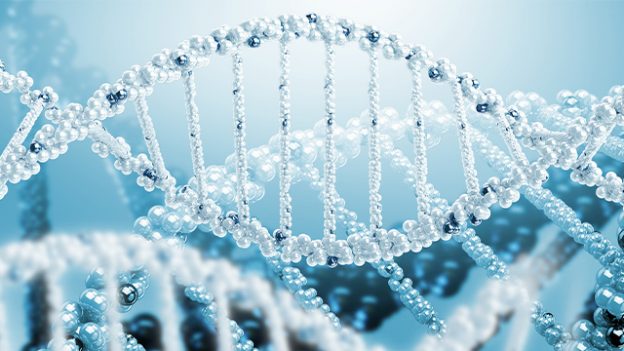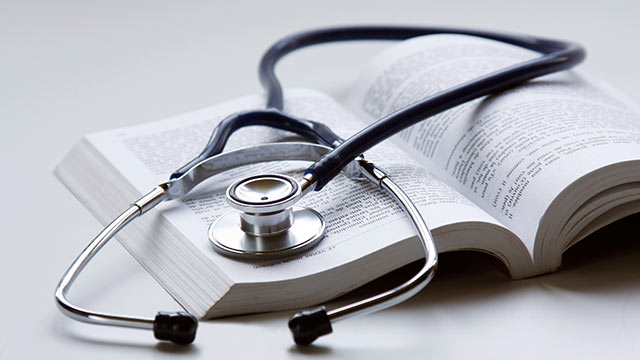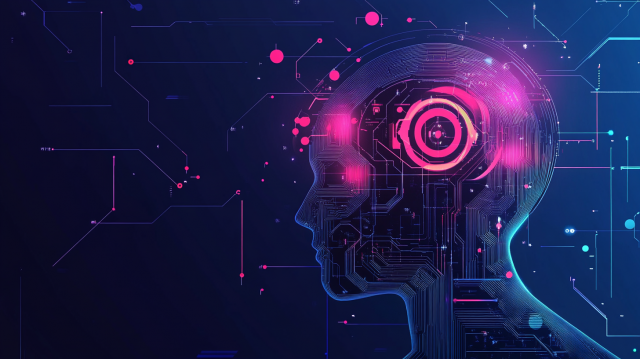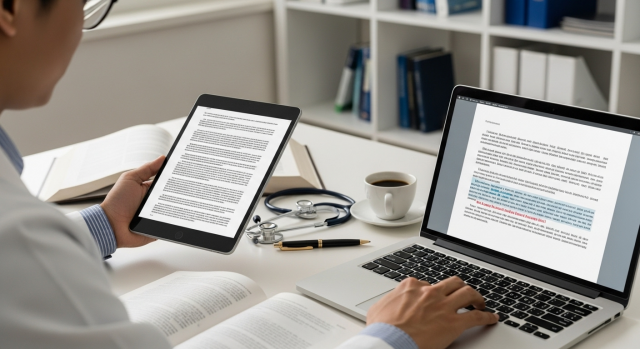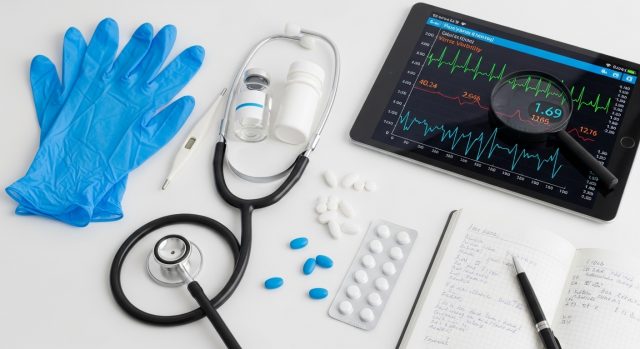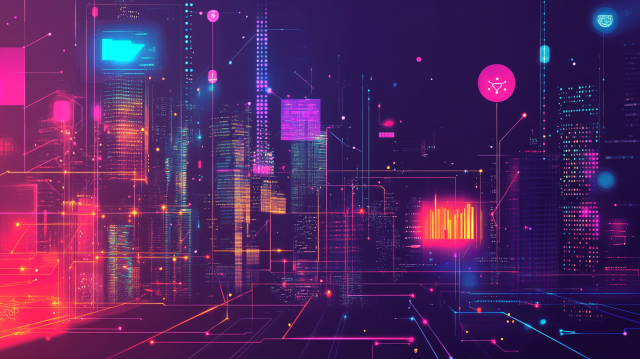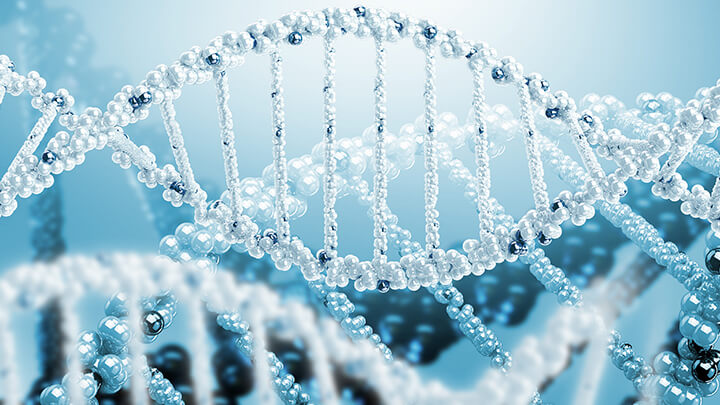
In today's world, where technological innovations in various fields are relentless, there is hardly a day when we do not hear or see terms related to "life sciences," such as biopharmaceuticals and regenerative medicine. In this blog, we will reconsider what life sciences are, their importance, and how to obtain high-quality translations.
- Table of Contents
-
- 1. What is Life Sciences? A Perspective on Its Differences from Medicine
- 2. Benefits Brought by Life Sciences
- 3. How to Obtain High-Quality Life Sciences Translation?
- 3-1. Features of Life Science Content Translation
- 3-2. What are the criteria for selecting a life sciences translation service?
- 4. Leave the translation in the life sciences field to Human Science
- 4-1. Life Science Translation to Human Science
- 4-2. Introduction to Human Science Medical Translation Services
1. What is Life Sciences? A Perspective on Its Differences from Medicine

First, let's consider life sciences from the perspective of its differences from "medicine."
There seems to be a difference without a doubt, but there are also quite a few books and web content that express what can be called 'medicine', such as internal medicine and respiratory medicine, as 'life sciences'.
However, this is just one way of thinking, but traditionally, it can be said that "medicine" is based on academic fields such as anatomy, physiology, pathology, and pharmacology. Taking the heart as an example, it involves the structures such as atria and ventricles (anatomy), the mechanisms of pulsation (physiology), the mechanisms of the onset of heart failure (pathology), and the mechanisms by which heart disease medications work (pharmacology).
On the other hand, the field known as "life sciences," which is also referred to as "biosciences," tends to refer to a research area that, while based on understanding the fundamental mechanisms of living organisms, including humans, utilizes cutting-edge biotechnology to elucidate intricate mechanisms at the molecular and genomic levels that are not visible to the naked eye.
Specifically, genomics research, proteomics research, molecular biology research, and cell biology research can be mentioned.
However, modern medicine is actively incorporating the results of life sciences research, so it is not possible to uniformly separate medicine and life sciences.
Neuroscience research aims to elucidate extremely intricate mechanisms such as neurotransmitters, while research on infectious diseases and immunity focuses on viruses and the immune system. These are also major subjects of life sciences research.
2. Benefits Brought by Life Sciences

The results of life sciences research bring groundbreaking new treatments in the form of biopharmaceuticals such as monoclonal antibodies and human tissue products, regenerative medicine like stem cell therapy and cardiac cell transplantation, as well as personalized medicine.
In addition, the results of life sciences research are applied in a wide range of fields, including medicine, agriculture (such as genetically modified crops), food (fermentation technology, food preservation technology, food quality management, etc.), energy (development of biomass and biofuels, etc.), and the environment (water purification technology using microorganisms, soil remediation, waste decomposition).
Life science research has a significant impact on our future. Therefore, it is crucial to translate documents in the life sciences field accurately and promptly.
3. How to Obtain High-Quality Life Sciences Translation?
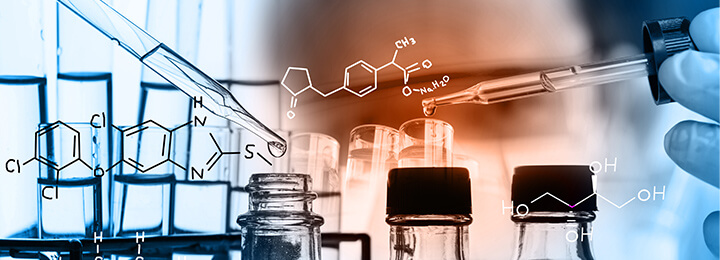
3-1. Features of Life Science Content Translation
Whether it's a medical paper or documentation for medical devices and analytical instruments, when the content contains many elements of life sciences and biotechnology such as molecular biology and genome analysis, it inevitably involves dealing with advanced, intricate, and complex mechanisms at the invisible levels of molecules, genomes, and proteins. Therefore, translation can often become significantly challenging.
In addition, the utilization of medical big data and digital transformation (DX) is also an important area in life sciences. Many of the devices used in life science research are equipped with the latest networking capabilities to share analysis results on a global scale, so we often receive translation requests for documents that can essentially be considered IT translations.
3-2. What are the criteria for selecting a life sciences translation service?
To obtain high-quality translations in the life sciences field, it is important to request a translation company that has translators with a background in life sciences, such as research experience in a corporate setting, and translators who have built a track record in life sciences translation through thorough research skills.
In order to keep up with the advancements in the life sciences field, which is rapidly evolving and expanding into areas outside of healthcare, such as agriculture and food, factors beyond the translator's track record and qualities are also essential.
In recent times, it is advisable to choose a translation company that actively seeks ways to utilize AI, such as the rapidly developing ChatGPT, for research and related tasks.
It is very effective to request a translation company known for its efficiency in translating life sciences documents, which require promptness, using machine translation or translation support software like Trados that utilizes past translation data as translation memory.
4. Leave the translation in the life sciences field to Human Science
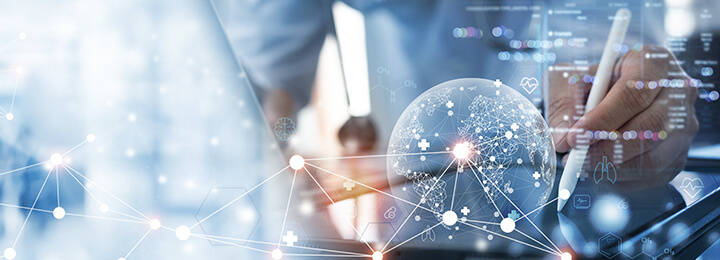
4-1. Life Science Translation to Human Science
Human Science has excellent translators in the life sciences field and has a track record of translations for companies providing services in genome analysis, cell analysis (such as flow cytometry), and proteomics, as well as manufacturers of genome analysis equipment like next-generation sequencers, and manufacturers of reagents for cell analysis and bio-experimental instruments.
> Human Science Medical Translation Services
We are also well-known for improving the efficiency of translation work using machine translation and translation support tools. Additionally, we are constantly exploring the efficiency of translation and related tasks utilizing AI such as ChatGPT, and we introduce these on our blog.
>Human Science Blog Site
For translations in the life sciences field, please leave it to Human Science.
4-2. Introduction to Human Science Medical Translation Services
At Human Science, we offer human translation services and post-editing services. Utilizing translation support (CAT) tools such as Trados and Phrase TMS (formerly Memsource), as well as machine translation tools, we are committed to improving translation efficiency and quality, contributing to our clients' further development.
If you have any concerns or interests, please feel free to contact us.
>Medical Translation Services
>Post-Editing Services
In addition, we provide information related to medical/healthcare translation, such as the following. We hope you find it useful.
Related Blogs
>What is Medical Translation?
>How Accurate is DeepL in Medical Translation? Comparison Results with Google/Microsoft/Amazon
>Has the Accuracy of Medical Translation Improved? A Comparison of DeepL and Google Translate from 2020 to 2023
>Books Recommended by Medical Translation Professionals to Improve Translation Quality!

